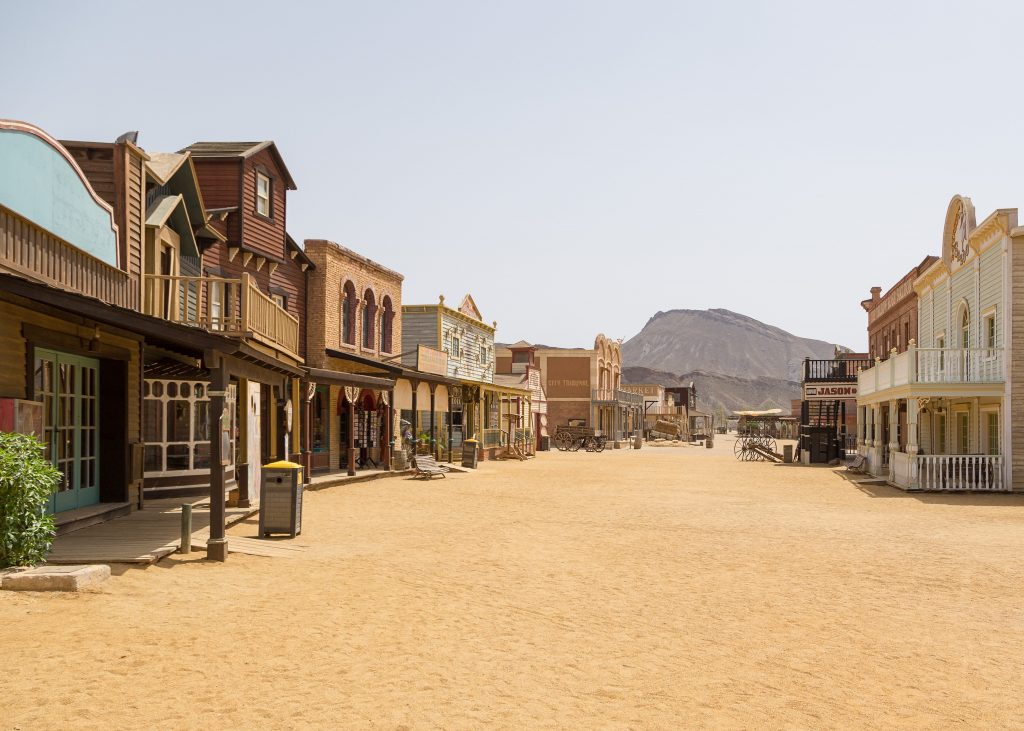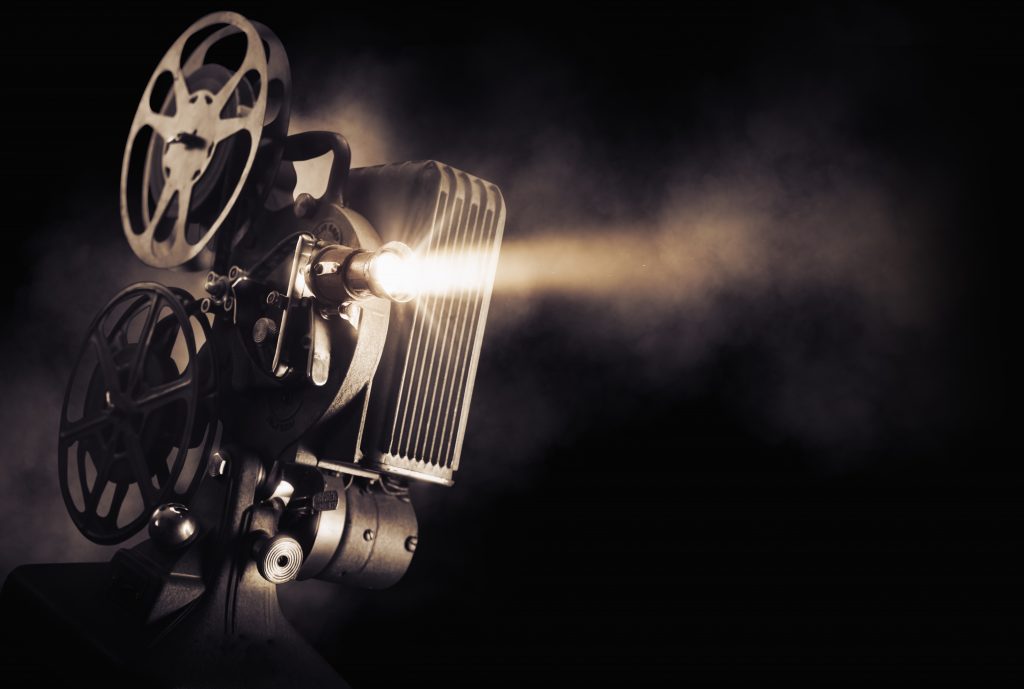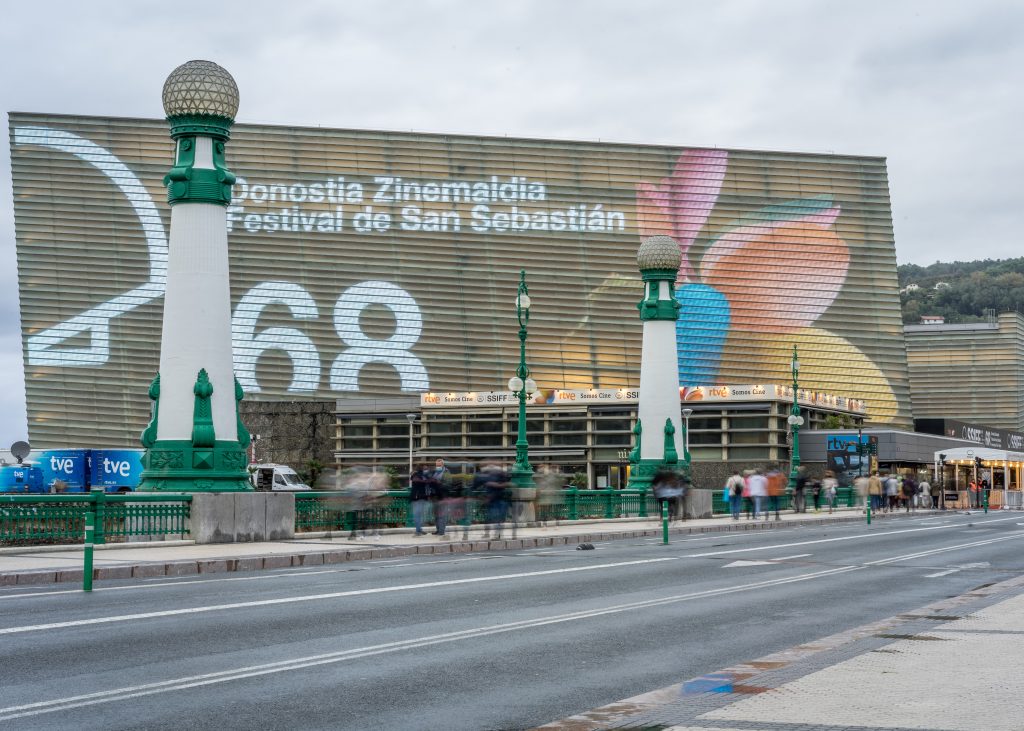During the years of dictatorship, Spanish film was internationally insignificant. But with a rich and swirling visual culture it is now back in the picture. Its fame goes from Luis Buñuel to Oscar winner Alejandro Amenábar.
The stardom of the actors Penélope Cruz and Antonio Banderas and Oscar-winning directors such as Pedro Almodóvar and Alejandro Amenábar is undeniable. Where for forty years only a few like the brilliant Luis Buñuel managed to create a furore abroad, the international film world is increasingly able to find the Spanish market. From the first film recording in 1896, Spain now has more than fifty Oscar nominations, fourteen Oscars, five prestigious film festivals, its own Goya Awards and many high-quality directors and actors.
The origins of Spanish film making
In May 1896, a Lumière representative brought the recently discovered film technique to Spain. A few films made in France were shown in a room in Madrid. Father and son Jimeno, owners of a travelling exhibition, were in the audience. Excited about the possibilities of the new technique, they went to France to purchase it. A few months later, they showed Spain’s first film in Zaragosa. The title captured exactly what happened in the only one-minute film: “People leave midday mass at the Cathedral of St Virgin Pilar in Zaragosa.”
The first Spanish movies
Fructuoso Gelabert produced the first fictional film: “Riña en un café” (1897). A pioneer in the field of film technique was director Segundo de Chomón. He knew how to be innovative with scarce resources. Despite the harsh economic and social conditions (the majority of Spaniards worked in the fields at the end of the nineteenth century and were illiterate), Spain continued to produce films. These first films were mainly short documentaries on topical subjects or with a comic slant. Dramatic and adventurous fiction and operetta soon followed.
Introduction of sound
It was not until the 1920s that interest in the cinema arose from better-off circles. Sound inspired by avant-garde movements in painting and literature was added and an attempt was made to improve the quality of the films in terms of content. This came as a complete surprise to Spain. The industry still did not have the resources to respond quickly to change. In response to this, the production companies CIFESA and Filmófono were created, creating a “golden age” for Spanish cinema. Existing film genres improved and inspiration was found in the literature of that time.
The first film with sound was “Fabricante de suicidios” by Fransisco Elias. In 1928, 44 of the 58 films produced had been shot in Madrid, while Barcelona was the film centre until the 1920s. Well-known directors were Jacinto Benavente (with a Nobel Prize for literature for his critical scripts about wealthy landlords and their day labourers) and Florían Rey.
Luis Buñuel (1900-1983)
Spain’s most famous director spent most of his long career as an exile abroad. Luis Buñuel shot films in Mexico, France, Italy and America. In 1927, together with Salvador Dalí, he made the shocking “Un perro Andaluz”, which was a literal visualization of their one night dreams. Buñuel, who came from a wealthy family, denounced values and institutions that were taken for granted in his films.
With his extensive oeuvre he wrote history as an anarchist, atheist and surrealist film director. For example, in “Los olvidades” (1950) he painted a neo-realistic portrait of the destructive behaviour that humanity is capable of. Buñuel criticised reality with satire, sex, necrophilia, sadomasochism and brutality as themes. All this with limited and simple visual resources. Despite having 140 cinemas in the early 1940s, film in Spain was still associated with the working class. Going to the cinema was less popular as a pastime than operetta and bullfighting.
Franco’s censorship
After the Civil War, the authorities destroyed all films with a communist and republican influence or about the war. Dubbing in Spanish became mandatory. Many directors and screenwriters fled abroad. Franco himself was fond of films, but set up a committee that checked all released films for content from 1946 onwards. Only good, moralistic films without opinion than his own could be shown.
Propaganda
In the difficult post-war period, the public saw film as an escape from miserable reality and increasingly went to the cinema. As an expression of his severe compulsion to control, the dictator himself wrote a film under the pseudonym Jaime de Andrade. “Raza” was a propaganda film of the purest kind in which the “family” as an institution played a prominent role. Franco’s message: To protect eternal and united Spain as the basis for the Spanish race, civil war was necessary. Out of the large number of films produced at that time, a tradition arose in various genres. Luis García Berlanga and Juan Antonio Bardem made a name for themselves in this period with realistically filmed and especially religious storylines. Films such as “Marcelino, pan y vino” made popular a number of child stars such as Ana Belén (still a big star), Pablito Calvo and Pili y Mili.
San Sebastián Film Festival
In 1953, the first film festival was organised in San Sebastián. The government established an official film academy to improve the quality of film in Spain. This academy in Madrid produced a new generation of directors such as Vicente Aranda, Mario Camus and Carlos Saura. They came under a wave later called “El nuevo cine Español”.
This mainly left-wing movement managed to deliver social criticism in a subtle way, inspired by the massive migration from the countryside to the big cities that took place at that time. Nieves Conde, in “Surcos” (1951), presented a harsh vision of this rural exodus. Carlos Saura managed to avoid censorship by transforming symbolism into beautiful melancholic images. He created images about the church, Spanish culture and family in a very different way than the regime wanted.
In the course of the 1960s, rapid economic growth as a result of changing foreign policy and emerging tourism made the film industry more commercial. There was more contact with foreign ideas and therefore also with freedom. Due to the metaphorical criticism much used at the time, young people in particular went to the cinema out of a kind of rebellion against the regime.
Hollywood in Almería
In the midst of the rocky lunar landscape around the town of Tabernas in Almería, movie stars such as Claudia Cardinale, Clint Eastwood and Sean Connery once walked around, especially in the 1960s. For the Spanish-Italian spaghetti westerns by, among others, Sergio Leone, the surreal-looking landscape formed a perfect backdrop, resembling the west of America. For other films, the landscape seemed sufficiently Arab or North African. ‘Indiana Jones, the last crusade’, ‘Doctor Zhivago’, ‘The good, the bad and the ugly’ and ‘Lawrence of Arabia’ where filmed there. A few old studios, sets and a theme park is all that remain from this heyday. Now the landscape serves as a backdrop for commercials and television films. Around Tabernas, they shot more than two hundred films and television series (up to 2001).

Western sceneries in the desert of Almeria
New themes in democracy
Immediately after Franco’s death in 1975 and the disappearance of censorship, all previously prohibited themes found their way onto screen. Homosexuality, transsexuality, drug use and crime were the main ingredients for the post-dictatorial film industry. The transition to democracy inspired the filmmakers to create films that had nothing to do with the previous period. Directors who made films during the dictatorship, such as Carlos Saura, Vicente Aranda and Imanol Uribe, now shot fiction films about violence and drug use, ending symbolic and indirect filming.
In the early 1980s, thrillers and lighthearted comedy were the main genres. Director Fernando Trueba, for example, wanted to make his audience happy with his “feel good movies”. It was not until the second half of the eighties that Eloy de la Iglesia, Pedro Almodóvar, José Luis Garci and Vicente Aranda, among others, made films about the consequences of civil war and dictatorship. De la Iglesia provocatively filmed themes such as illegal abortions, child trafficking and prostitution. Almodóvar broke taboos with his absurd, shocking directness. Despite strong criticism in his own country, he became emblematic of Spanish film abroad.
Spanish film in freedom
From the nineties on, a lot changed, partly thanks to a socialist government in the film industry. Young people like Ulloa and Julio Medem made their debut. Also, more and more female directors came from the academies. The new generation of filmmakers grew up in freedom. Their themes and images are very different from those of the previous decades. They are more focused on the present and often deal with youth issues and other social issues.




